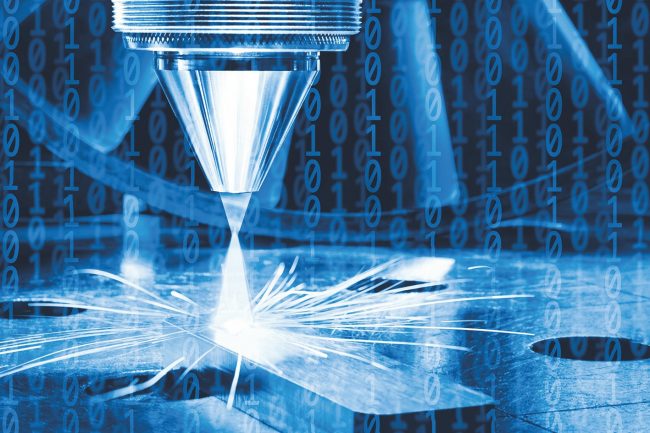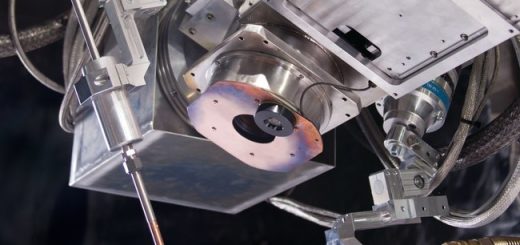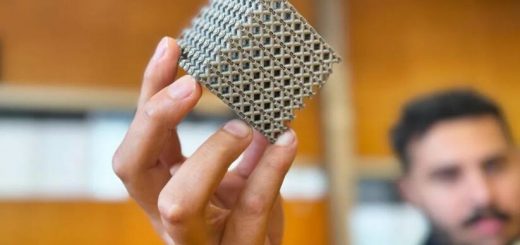Artificial Intelligence in Production
At the second “AI for Laser Technology Conference” on September 28 and 29, 2021, participants will discuss how artificial intelligence is currently being applied in laser materials processing. Researchers and plant engineers, software developers and machine builders will meet here to exchange ideas. In addition to the technical presentations, the laboratories at the Fraunhofer Institute for Laser Technology ILT will be opened for virtual tours. Due to current regulations, the conference will take place online.
At the first “AI for Laser Technology” conference two years ago, the question under discussion was still where artificial intelligence (AI) can be used in manufacturing. In the meantime, its development has progressed rapidly, and many ideas have arrived on the factory floor.
 Machine learning allows complex data from different sensors to be understood and used for process control.
Machine learning allows complex data from different sensors to be understood and used for process control.
© Fraunhofer ILT, Aachen, Germany.
Various trends are coming together: manufacturers, for example, need 100 percent quality control. If, in the past, weld seams in automotive production were only checked with random samples, AI now makes it possible to monitor quality in-situ for each individual part at high precision and to quickly identify possible production faults. This requires in-line process diagnostics, which have been developed in recent years. Processing the resulting volumes of data in real time is the domain of AI, which has also only become possible with modern computing technology.
“At this year’s ‘AI for Laser Technology Conference’, we want to look at and discuss precisely these trends and the state of the art” is how Peter Abels from Fraunhofer ILT in Aachen describes the aim of the conference his team is organizing. Artificial intelligence enables real-time control of manufacturing processes such as laser soldering.
Artificial intelligence enables real-time control of manufacturing processes such as laser soldering.
© Fraunhofer ILT, Aachen, Germany.
![]() Capturing complex data and using it for process control
Capturing complex data and using it for process control
There are several ways to use AI in manufacturing, which often starts with analyzing image or other data. With a human “teacher,” AI can recognize structures even in complex data. As a result, it can detect deviations from a predefined optimum at an early stage, making a regulation of the processes possible. The highest level is reached when the recording and processing of data are combined with process control to form an autonomous process.
Co-organizer Christian Knaak from Fraunhofer ILT will demonstrate this with a concrete example: “We were able to significantly improve the results in metallic 3D printing with AI.” To do this, the component surface in each layer was photographed with a high-resolution HDR camera in a system for the Laser Powder Bed Fusion (LPBF) process. Two effects can be captured with the image data: On the one hand, possible warpage of the component during the process becomes measurable; on the other, the roughnesses on the surface can be carefully inspected. Thanks to this, defects can be classified during production. With the help of AI, however, laser parameters can also be specifically changed during the process in order to react dynamically to changes in the process state. The quality of the parts is improved, and defects are prevented before they occur.
Accordingly, the presentations at this year’s “AI for Laser Technology Conference” will focus on the acquisition and processing of data from production processes such as laser welding. A key goal here is end-to-end process and quality control.
A second focus is on AI-based control processes. In addition, the conference will deal with the development of AI software in various applications. Here, AI not only enables users to optimize production processes towards zero-defect production. In processes with a lot of complex data, such as the development of modern optics, AI also reduces complexity. Development processes become clearer, more determined and less dependent on the intuition of individual experts.
Source: Fraunhofer
For press release, welcome to send to 3D Science Valley at 2509957133@qq.com




Recent Comments